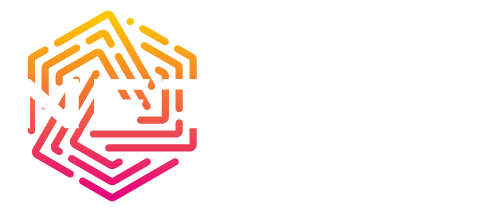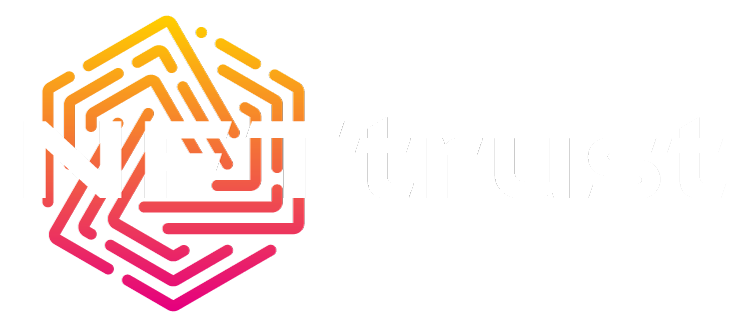Introduction
Imagine a world where you can easily verify the authenticity of a piece of art, track the complete history of a luxury car, or even own a fraction of a high-end property—all with the click of a button. This isn’t science fiction; it’s the new reality made possible by Non-Fungible Tokens (NFTs). In this article, we will dive into how NFT technology is transforming asset management, making everything more transparent and trackable, and what it means for you.
Assets vs. Products: Understanding the Difference
First, let’s clarify what we mean by assets and products. Assets are valuable resources you own that can provide future economic benefits. Think of things like real estate, stocks, or patents. They hold value over time and can be seen as investments.
On the other hand, products are items created for sale and consumption, like your smartphone, a loaf of bread, or a new pair of shoes. While products are typically consumed or used up, assets are resources that can grow in value or generate revenue.
What Exactly is an NFT?
An NFT, or Non-Fungible Token, is a unique digital token that represents ownership of a specific asset, verified using blockchain technology. Unlike cryptocurrencies such as Bitcoin, which are identical and can be exchanged on a one-to-one basis, each NFT is unique and cannot be replaced with something else. This uniqueness is what makes NFTs perfect for representing one-of-a-kind assets, whether they’re digital or physical.
How NFT Technology Transforms Transparency and Lifecycle Tracking
Transparent Ownership Records
With NFTs, you have a clear and immutable record of ownership. Everything is recorded on a blockchain, an unchangeable ledger that ensures ownership history can’t be tampered with. This means you can verify who owns an asset and trace its history back to its creation. This technology is being explored by luxury brands like Louis Vuitton, which recently introduced a €7,900 phygital varsity jacket that comes with an NFT. This NFT serves as a digital certificate of authenticity, ensuring that buyers can verify the originality of both the physical and digital elements of the jacket.
Comprehensive Metadata
NFTs aren’t just about ownership; they’re also about information. Each NFT can store detailed metadata, which is like a digital ID card for the asset. This can include everything from the creator’s name and the creation date to more specific details like previous owners, the asset’s condition, and even maintenance records.
Imagine buying a car and having access to a full report on its past repairs, ownership changes, and performance history—all in one place. In a similar vein, Alfa Romeo has begun using NFTs to track the lifecycle of its latest Tonale SUV. This innovative approach provides a transparent and detailed record of each vehicle’s usage, maintenance, and condition, enhancing buyer confidence and resale value.
Meanwhile, in real estate, platforms like Propy and RealT are making it possible to own a fraction of a high-end property, with NFTs providing all the necessary legal documentation and history.
Real-Time Lifecycle Tracking
NFTs can do more than just store static information. They can also be updated in real time with data from IoT devices or other digital sources. This is a game-changer for assets like machinery or electronics, where keeping track of usage, maintenance, and condition is crucial.
For example, if you own a piece of industrial equipment, the NFT could be updated automatically with data on operating hours and maintenance activities, giving you a complete picture of its lifecycle. This level of detail is also invaluable in the automotive industry, where NFTs can track a vehicle’s entire history, from manufacturing details to maintenance records, ensuring you know exactly what you’re buying.
Fractional Ownership and Trading
One of the most exciting aspects of NFTs is their ability to enable fractional ownership. This means you can own a piece of an asset rather than the whole thing. Think of owning a fraction of a luxurious beach house or a piece of rare art. NFTs make it possible to trade these fractional shares on digital marketplaces, making high-value assets more accessible to everyday investors like you. For instance, digital art platforms like OpenSea and Foundation allow artists to tokenize their works, ensuring that buyers get a verifiable piece of art, complete with a transparent history.
The Role of Metadata Aggregators Like ACYC
A crucial challenge in implementing NFT technology is collecting the vast and varied metadata required to fully describe each asset. This is where companies like ACYC come into play. ACYC’s mission is to be a metadata aggregator for NFTs, pulling together data from numerous sources to provide comprehensive, accurate, and up-to-date information about assets. By aggregating data such as sensor readings, certificates, usage history, condition reports, and repair logs, ACYC can ensure that all relevant information is captured and accurately reflected in the NFT. This comprehensive data collection is vital for making informed investment or purchase decisions, as it provides a complete picture of an asset’s history and current state.
Conclusion
NFT technology is opening up a new world of possibilities for asset management, offering unprecedented transparency and traceability. Whether you’re interested in art, real estate, or luxury goods, NFTs provide a secure, verifiable way to manage and trade assets. As this technology continues to evolve, it’s poised to change the way we think about ownership and investment, making high-value assets more accessible and easier to manage. So, whether you’re an investor, a collector, or just curious about the future, NFTs offer a fascinating glimpse into the future of asset ownership.

Aikaterini Papoulia is the PR Manager at ACYC, with expertise in Journalism & Mass Communications. She has worked as an Online Media Journalist and an On- and Off-page SEO specialist. In her free time, she enjoys exploring nature with her dog, reading both fiction and nonfiction, and practicing the art of knitting.






